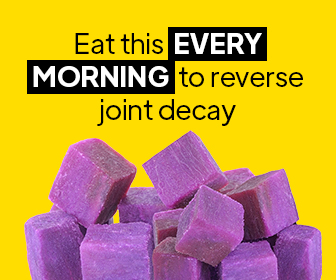Have you ever been in a situation where your goals seemed to clash with those of someone you deeply care about—whether it’s your partner, a close friend, or even family? I’ve been there, and I can tell you it’s one of the toughest balancing acts in life. On one hand, you don’t want to compromise your own dreams. On the other, you don’t want to create distance or conflict with the people you love.
This blog post is for anyone who’s ever asked themselves: “How do I honor my goals without losing the connection I have with others?” Let’s explore how to find common ground without losing yourself in the process.
My Personal Turning Point
A few years ago, I had a big career decision to make. I was offered a job that required relocating abroad—a dream opportunity I had worked toward for years. But at the same time, my partner’s career and family commitments were deeply rooted in our hometown. For weeks, we had difficult conversations that sometimes ended in silence or frustration.
I felt torn: if I went, would I lose the relationship? If I stayed, would I resent myself for giving up a once-in-a-lifetime chance?
What I learned through that chapter is that when life goals clash, it’s not always about choosing either/or. It’s about creating space for both/and.
Why Life Goals Clash in the First Place
It’s completely normal for people’s goals to diverge. Here are some of the most common reasons:
- Different priorities in life stages: One person may focus on career growth, while the other values stability and family time.
- Geographical or lifestyle differences: Dreams of living abroad versus wanting to stay close to loved ones.
- Timing conflicts: One person may be ready for change while the other needs more time.
- Underlying values: Sometimes the goals themselves reflect deeper differences in values, such as security vs. adventure.
Recognizing why your goals clash is the first step toward addressing them without resentment.
5 Strategies to Find Common Ground Without Losing Yourself
1. Get Clear on Your Non-Negotiables
Before trying to compromise, know what you absolutely cannot sacrifice. For me, pursuing personal growth was non-negotiable, even if it meant finding creative ways to make it work within my relationship.
2. Listen Before You Defend
It’s natural to want to argue for your side, but I learned that truly listening to my partner’s fears and hopes shifted the entire conversation. When people feel heard, they’re more willing to meet in the middle.
3. Look for Overlapping Values
Even if goals don’t align perfectly, values often do. My partner and I both valued personal growth, connection, and stability. This became our shared foundation, which helped us design a compromise.
4. Create a Shared Vision
Instead of focusing on competing dreams, try creating a vision that integrates both. For example, we decided to set a timeline—first, I’d take short international projects, and later, we’d revisit the bigger relocation idea together.
5. Accept That Compromise Doesn’t Mean Defeat
Compromise is often misunderstood as losing. In reality, it’s about building something sustainable that respects both people’s individuality. You’re not losing yourself—you’re gaining a stronger bond and a realistic path forward.
The Balance Between Self and “We”
What I’ve realized is this: staying true to yourself doesn’t mean standing in opposition to others. It means understanding your identity and values well enough that you can engage in compromise without resentment.
When life goals clash, you don’t always need to abandon your dream—or demand that the other person abandon theirs. Instead, the challenge is to navigate the gray area, where both sides can breathe, grow, and feel respected.
Final Thoughts
Life will always throw us moments where personal goals and relationships collide. The key isn’t to avoid these clashes but to approach them with openness, courage, and respect.
When you find common ground, you’re not giving up on yourself—you’re learning how to build a life that honors both individuality and connection.
And sometimes, that’s exactly what makes the journey richer and more fulfilling.





